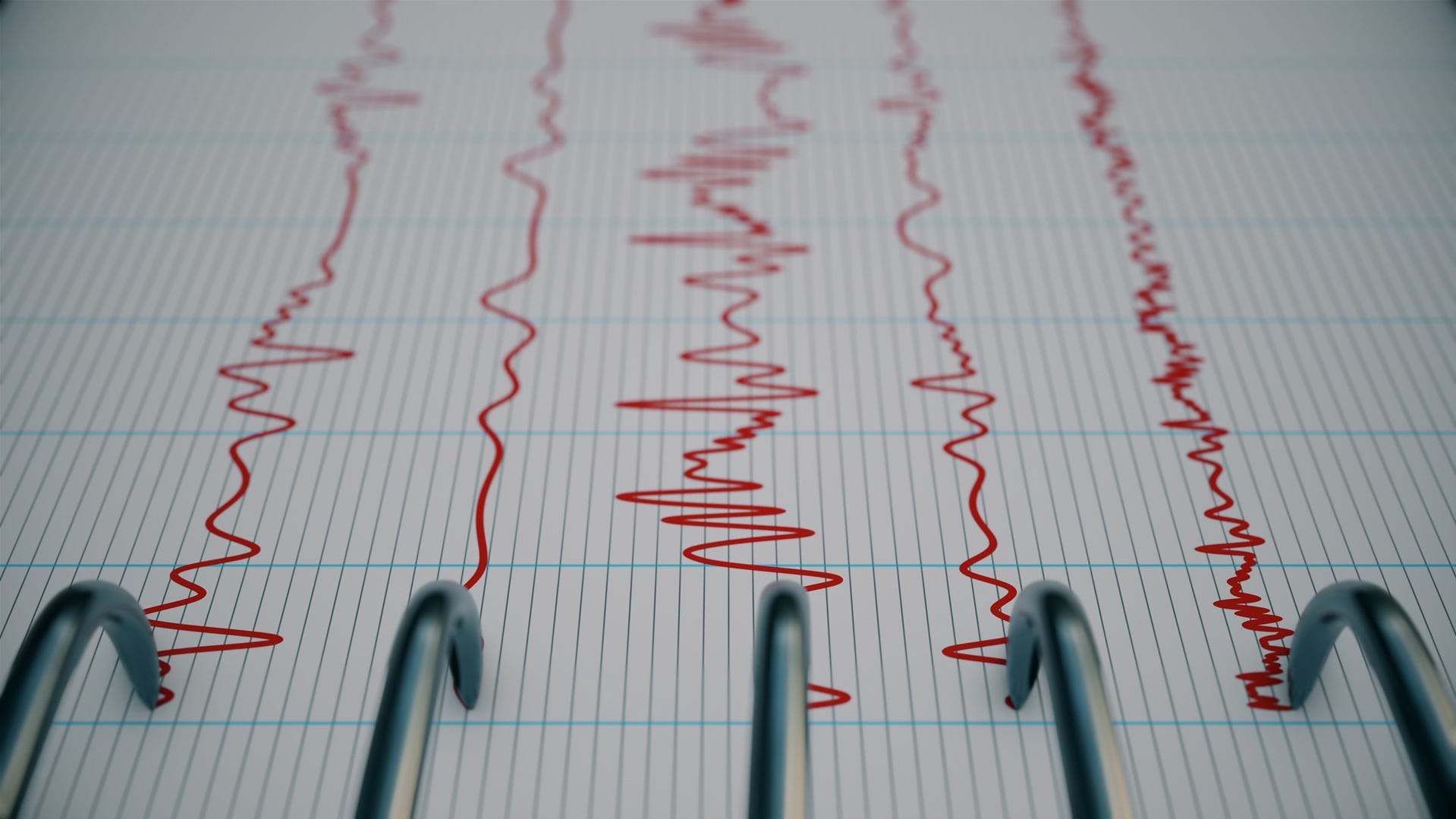World
Strong 7.1 earthquake rattles southwestern Japan, triggers tsunami advisories
The notable quake registered a preliminary magnitude of 7.1, according to USGS, and was recorded about 15 miles deep, 12 miles southeast of Miyazaki.
Strong earthquake hits Japanese island
The Southwestern Japanese island of Kyushu experienced a 7.1 magnitude earthquake, officials say.
A strong earthquake rattled southwestern Japan Thursday triggering tsunami advisories, the United States Geological Survey is reporting.
The notable quake registered a magnitude 7.1, the USGS said, and took place about 12 miles southeast of Miyazaki, a city on the island of Kyushu.
The quake occurred at 4:43 p.m. local time (12:43 a.m. EST).
It was not immediately known if anyone was injured or whether damage was reported on the island but public broadcaster NKS said waves as high as 50 cm (more than 1.6 feet) had already been observed.
The outlet also reported Japanese Meteorological Agency on Thursday issued a megaquake advisory, per local protocol.
The possibility the quake was a foreshock for a larger earthquake is always of concern, but less likely with every hour that passes, said Ole Kaven, a USGS research geophysicist.
“The rule of thumb is that there’s a 5% chance of an event larger than the main shock happening, and that probability will decrease the more time that passes,” he said.
Earthquake: Magnitude 4.5 earthquake hits Utah; no damage or injuries immediately reported
Japanese government checking for damages, casualties
There have been no reports of abnormalities at nuclear power plants on the island, Reuters reported, and officials were “checking for damage and casualties,” Chief Cabinet Secretary Yoshimasa Hayashi told reporters.
According to its last census, Miyazak had an estimated population of just under 400,000 people.
Data provided by USGS showed the earthquake registered more than 15 miles deep in the ocean.
Could this quake have been related to Tuesday’s LA quake?
It’s very unlikely the Japanese earthquake was related to the magnitude 5.2 earthquake that struck northwest of Los Angeles on Tuesday night, but not impossible, USGS said. That quake has resulted in more than 270 aftershocks so far, though all have been smaller.
Earthquakes that occur large distances apart can be linked, by the seismic waves passing through the earth’s crust, said Tom Parsons, a research geophysicist with USGS.
“We see it around the world,” he said. “They could increase the water pressure within a fault, or the shaking could trigger another fault that’s close to slipping,” he said.
Such events, called “dynamic triggering,” tend to happen within a day or two after the initial earthquake. But even when it does happen, they tend to be very minor, no more than magnitude 1 and 2, Parsons said.
“The likelihood of the Los Angeles earthquake having an impact in Japan is pretty small,” he said. “It’s typically the larger earthquakes that can trigger longer waves that pass through the crust.”
Given the large number of earthquakes that occur each day around the world – more than 1,300 are detectable every day – the number of dynamically triggered temblors is quite small, he said.
Natalie Neysa Alund is a senior reporter for USA TODAY. Reach her at nalund@usatoday.com and follow her on X @nataliealund.

Are earthquakes happening more? What to know on earthquake frequency.
Are earthquakes happening more often with greater severity? Here is what we know now.










